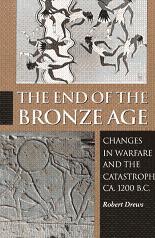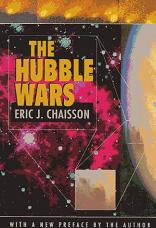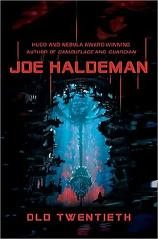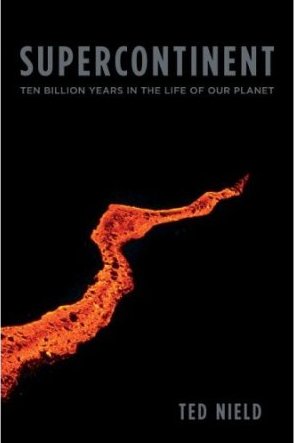
The End of the Bronze Age
Robert Drews
252 pages including index
published in 1993
Sometimes pickings are slim at the library and you just have to take what you can get rather than what you want. This is especially true for the history section, which is why I took out this book, as it looked the best of a sorry bunch. Luckily it turned out a blessing in disguise. The Bronze Age is not a period I know little more than a very few basic facts about, so any reasonably well written book about it is welcome. Even if, like this, it’s a decade and a half old and therefore likely to be out of date.
There is a catch however. The End of the Bronze Age is not a pop science book but a proper academic study, arguing a thesis and it assumes a certain background familiarity of its readers. I can usually fake this reasonably well, but of course I can’t really judge whether or not the conclusions its author Robert Drews reaches are justified by the evidence, only whether they sound plausible. And when you’re ignorant of a given subject, even abject nonsense can sound plausible — which has tripped me up before…These days I use Wikipedia as a sanity check: it’s not perfect, but on most subjects it’s a good indicator of mainstream opinion.



